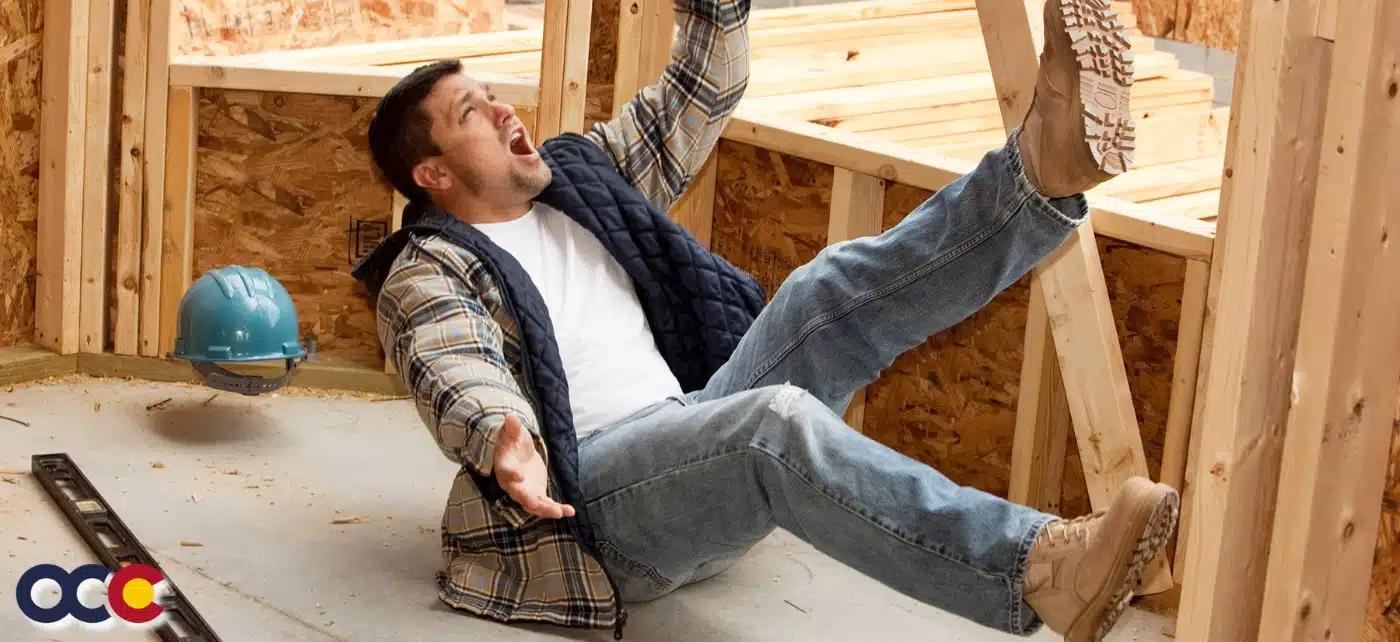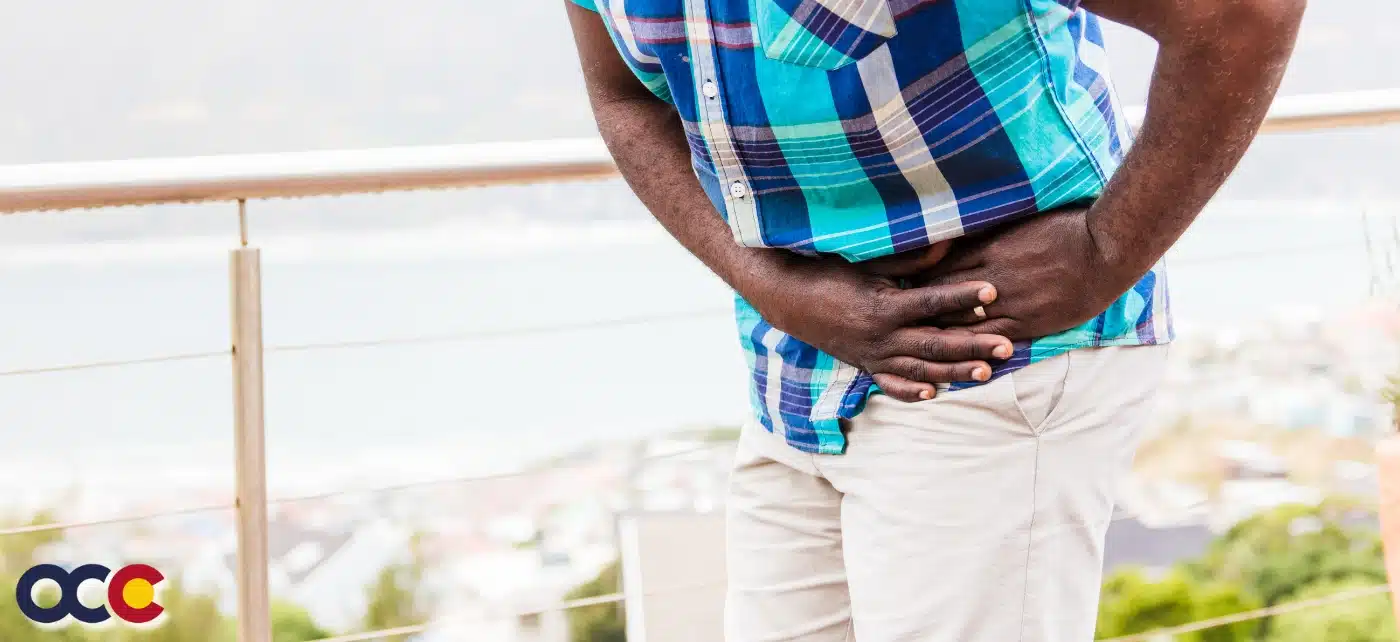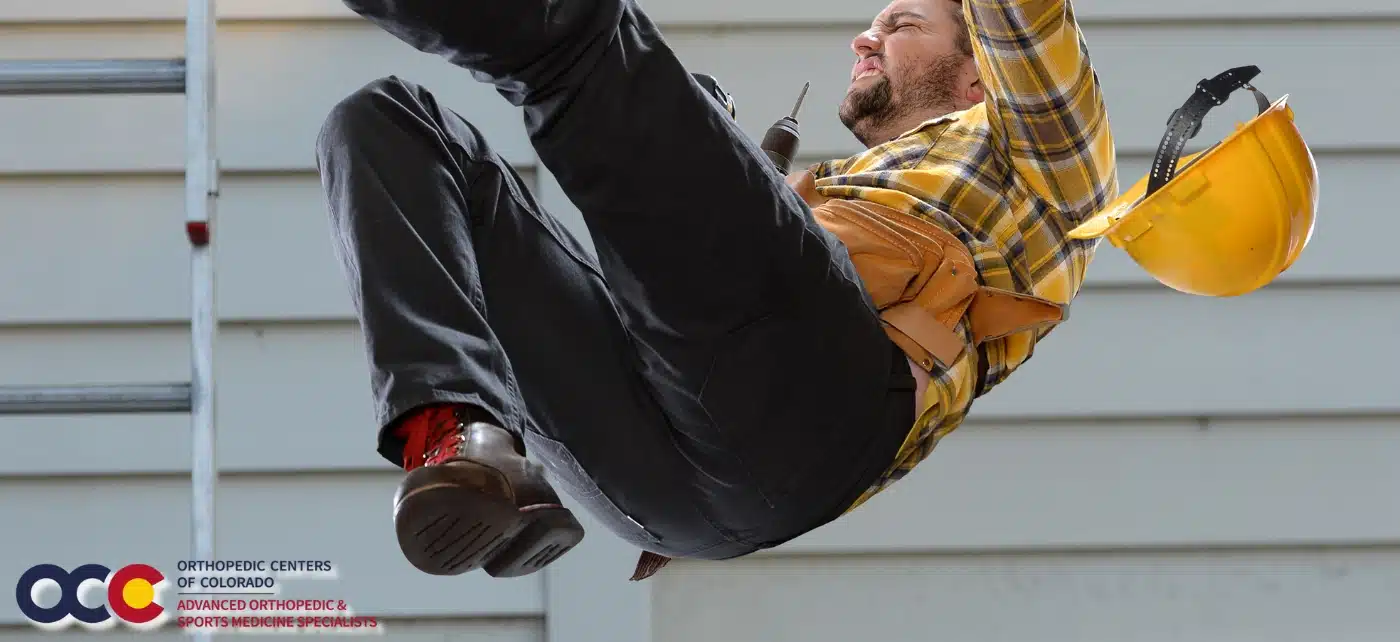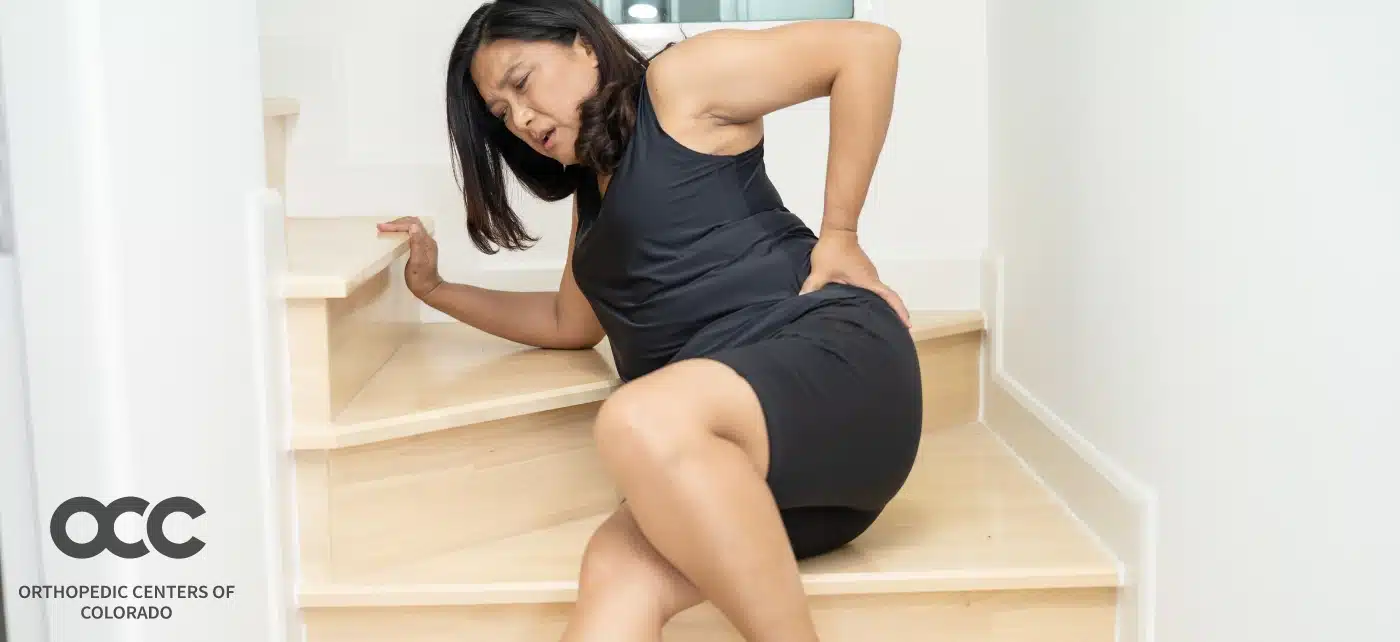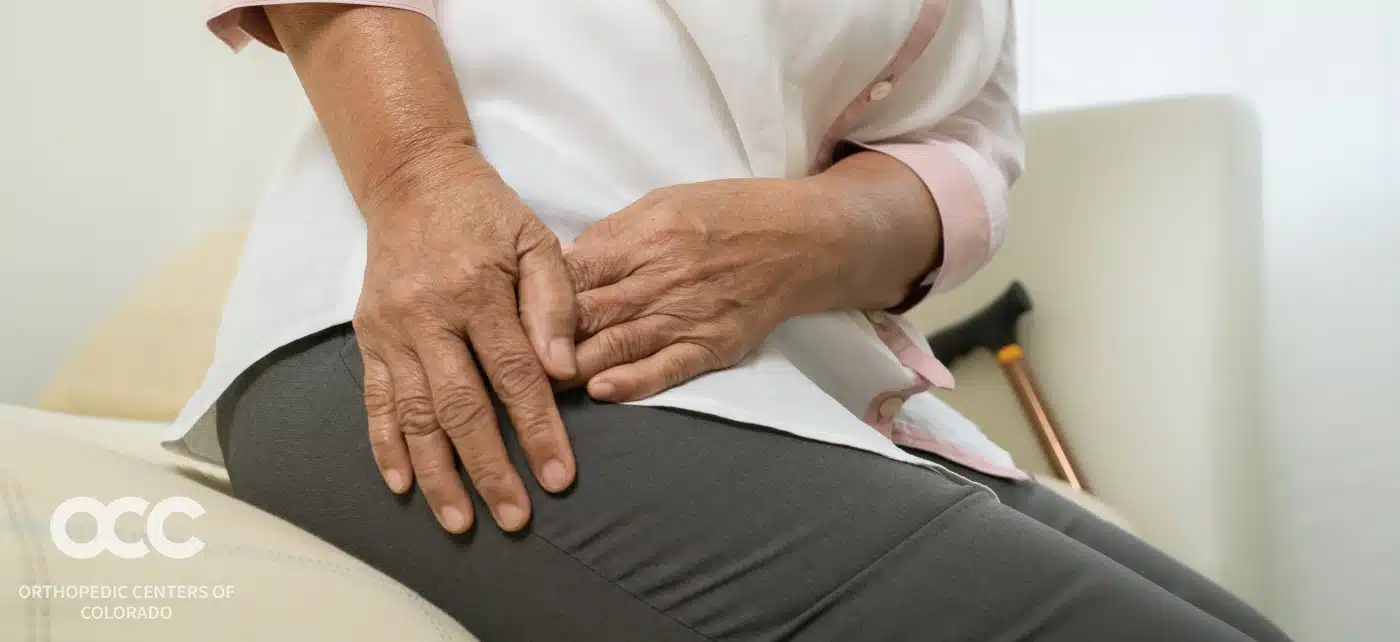Even though your pelvis is a strong and stable bone structure, it can break. The pelvis protects many important nerves, blood vessels, and organs that can also be damaged and cause serious complications, including chronic pain, impaired mobility, sexual dysfunction, and deep vein thrombosis (DVT), a type of blood clot. Unstable pelvic fractures can be severe and need immediate medical attention from the most skilled, experienced orthopedic specialists like those at OCC – Advanced Orthopedic & Sports Medicine Specialists in Denver, Parker, or Aurora, Colorado. You can trust they’ll know exactly what to do.
OVERVIEW
Pelvic fractures, also known as insufficiency fractures, are osteoporotic fractures of the pelvis and are often overlooked or misdiagnosed. Anyone can experience a this fracture at any age. Mild pelvic fractures are more common in older people because they are more likely to have bone-weakening disorders such as osteoporosis. Severe pelvic fractures are most common in people aged 15 to 28 years. Under the age of 35, men are more likely to experience a pelvic fracture, while over the age of 35, women are more likely to experience a pelvic fracture. Around 94% of pelvic fractures in people over 60 are due to osteoporosis, which weakens the bones and increases the risk of fractures.
ANATOMY OF THE PELVIS
The pelvis is a butterfly-shaped-shaped structure at the base of the spine. The pelvic bones include the sacrum (the large triangular-shaped bone at the base of the spine, the coccyx (tailbone), and the hip bones, which include the ilium, ischium, and pubis which are separate in childhood but fuse as one gets older. These three bones meet to form the acetabulum—the hollow cup that serves as the socket for the ball-and-socket hip joint. Bands of strong connective tissues called ligaments join the pelvis to the sacrum, creating a bowl-like cavity below the rib cage. Major nerves, blood vessels, and portions of the bowel, bladder, and reproductive organs all pass through the pelvic ring. The pelvis protects these important structures from injury and also serves as an anchor for the muscles of the hip, thigh, and abdomen.
WHAT IS A PELVIC FRACTURE?
There are multiple ways to classify pelvic fractures. A surgeon will use a classification system to identify the patterns of the fractures based on the direction in which it was broken and the amount of force that caused the injury. These classifications include:
- Anterior to posterior compression injury: a break going from front to back
- Lateral compression injury: a break going from one side of the body to another
- Vertical shear injury: a vertical break that pushes one part of the bone up toward the head
In addition to being described by the specific fracture pattern, pelvic fractures are often described as “stable” or “unstable” based on how much damage has occurred to the structural integrity of the pelvic ring. In a stable fracture, the pelvis has one break point in the pelvic ring, limited bleeding, and the bones are staying in place. In unstable fractures, there are two or more breaks in the pelvic ring with moderate to severe bleeding. Both stable and unstable fractures can also be divided into closed fractures, in which the skin is not broken, and open fractures, where the bone fragments stick out through the skin.
Read more about Pelvic Fracture on our new Orthopedic News Site – Colorado Orthopedic News. Schedule an appointment with a hip specialist today.

